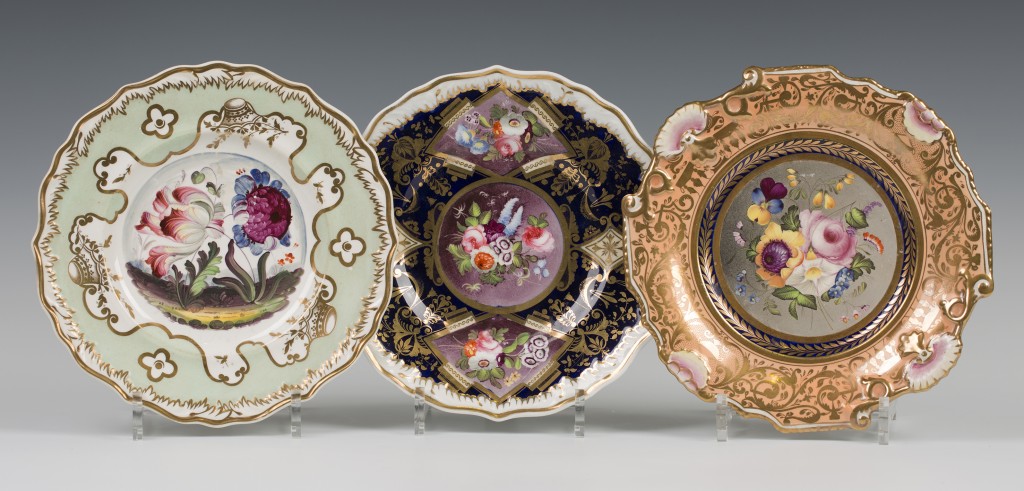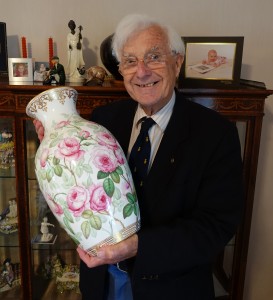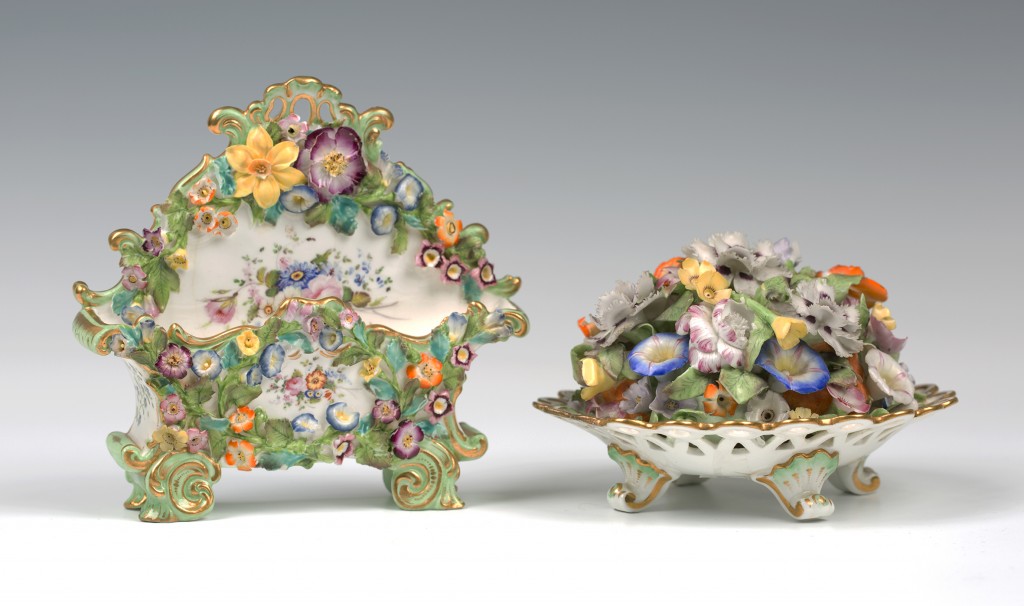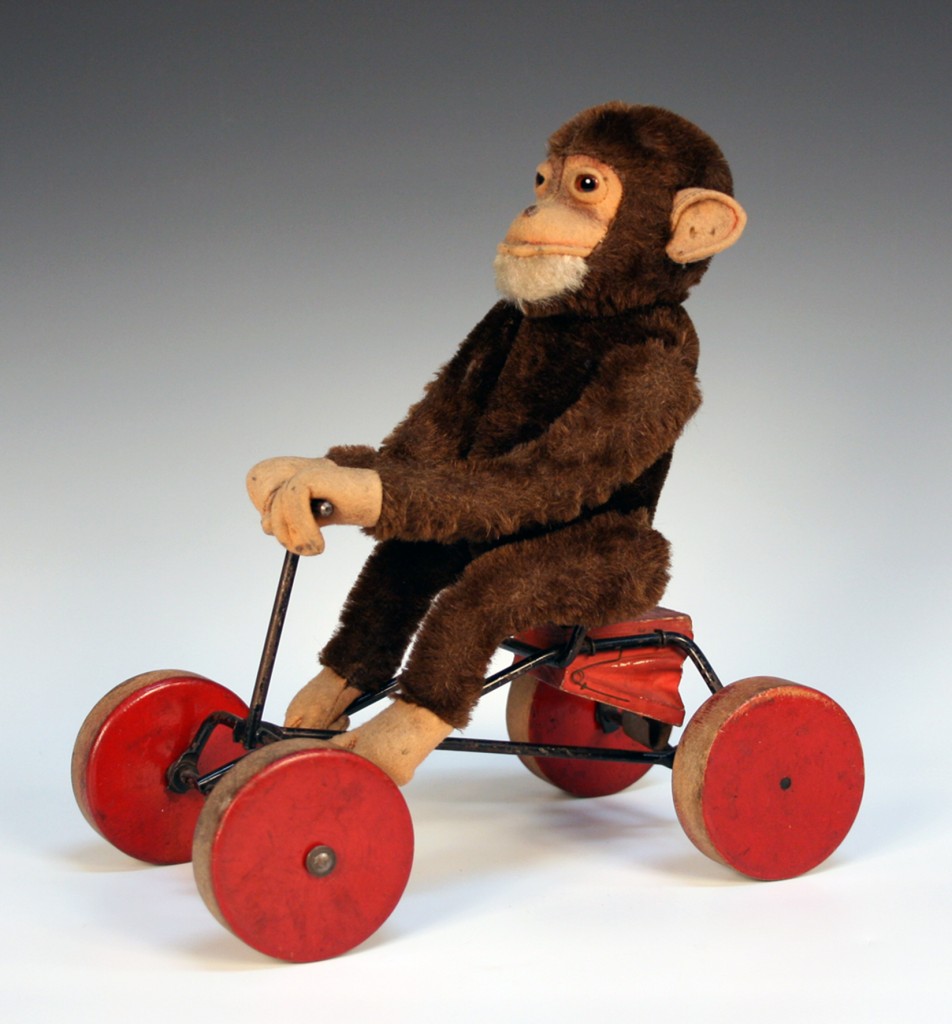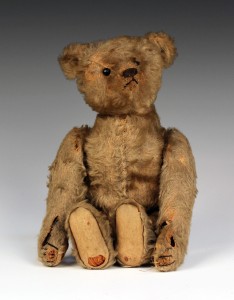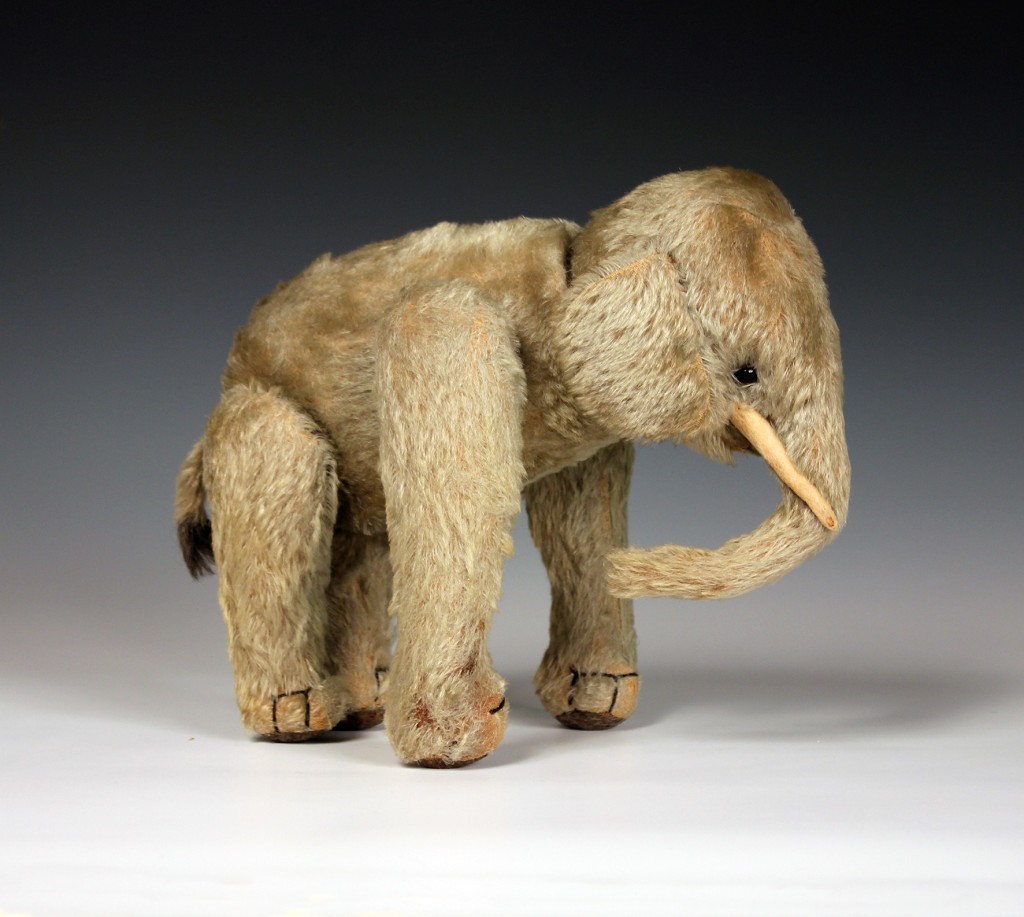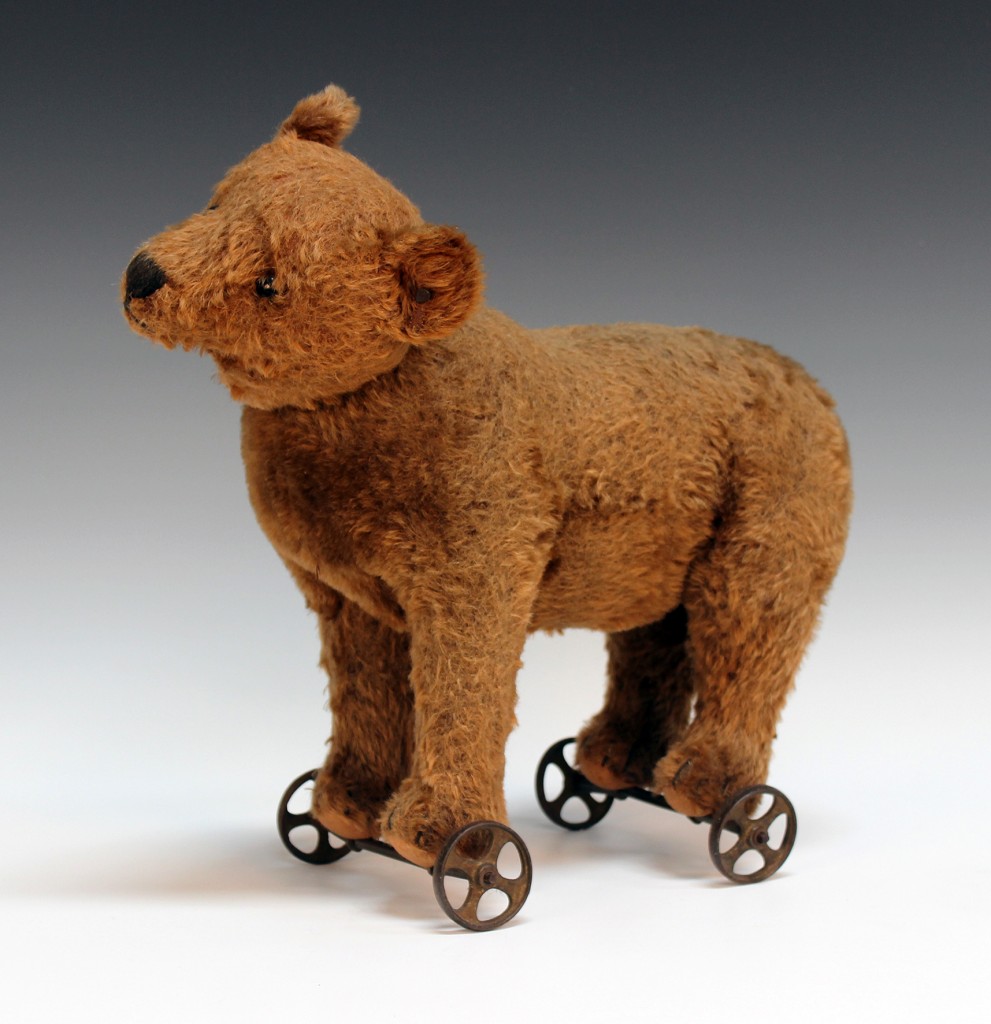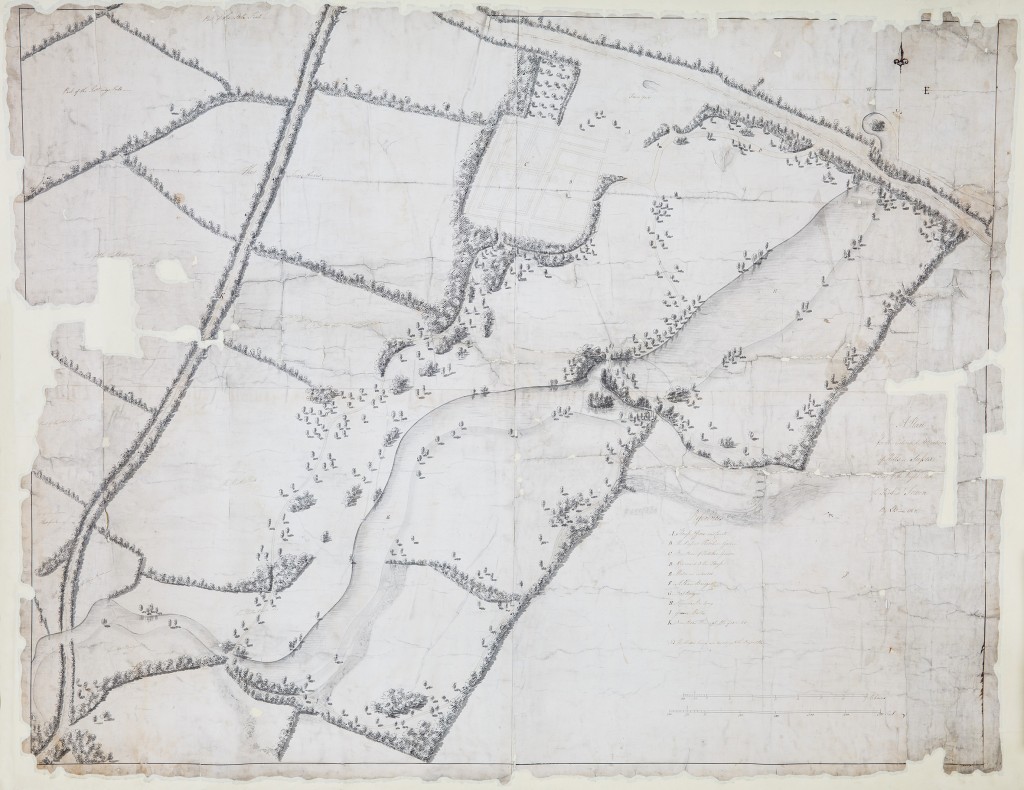
2016 marks the 300th anniversary of the birth of Britain’s most influential and famous gardener, Capability Brown. This remarkable English landscape gardener’s life and work is being celebrated in the latest exhibition at the Horsham Museum & Art Gallery. ‘Capability Brown in Horsham: Discovering a Lost Garden’ runs until the 12th March.
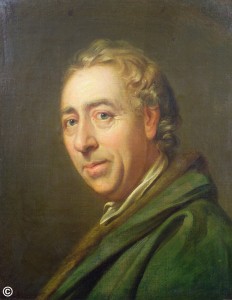
The exhibition tells the story of how Lancelot ‘Capability’ Brown (1716-1783) designed and constructed a landscape garden around the Jacobean mansion Hills Place for the Ingram family. Brown also worked for the Ingram’s at their Yorkshire home, Temple Newsam, where his gardens can still be seen. The Hills Place gardens were located on the outskirts of Horsham, but were lost when the Duke of Norfolk ploughed them up to turn them into farmland some 50 years after the garden’s completion.
The exhibition includes Brown’s original designs for the garden, together with the survey conducted by his assistant, Lapidge, some two years earlier in 1766. The story is told in the context of the time with costumes, porcelain and objects from the period alongside botanical paintings and letters relating to Brown’s work. The letters reveal Brown’s uncompromising, ambitious nature, and relationship with his clients as he produced his landscape art.
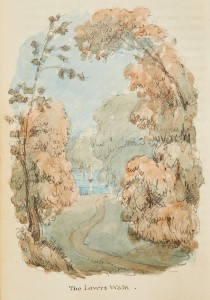
I ask exhibition curator Jeremy Knight what the designs tell us about Capability Brown’s work. He replies enthusiastically “I love that he knew what trees he was going to plant, and where, to create his landscape theatre. He often planted willows, spruce and cedars – cedars were his favourites.”
Brown’s clients and patrons came from the most notable families in England. Between 1751 and 1783 Brown and his team dealt with over 170 commissions and changed the face of Georgian England. Given the stature of his clients I have often wondered how Capability Brown managed their expectations, after all trees and woodland can take generations to establish. Jeremy Knight explains “He would have planted mature and young trees so that the picturesque would be there for the patron and subsequent generations. Often his designs include features like the water cascade at Hills Place. His landscape gardens were like a hyper-reality – nature perfected.”
The qualities of the picturesque are alive in Capability Brown’s landscape gardens. He composed and constructed vignette views onto sweeping lawns, curving lakes and beautifully conceived woodland clumps of trees. It is as though they are in a painting. These features are apparent in his landscape garden at Petworth House and Park, preserved and maintained by the National Trust. It continues to delight and inspire visitors through the seasons of the year.
This aesthetic was born out of the rococo in reaction to the formal straight lines and topiary of the French royal gardens designed by André Le Notre (1613-1700), which had been made popular in England in the late 17th and early 18th centuries by George London (d.1714) and Henry Wise (1653-1738). Together they had created the parterres at Hampton Court Palace, Chatsworth and Longleat.
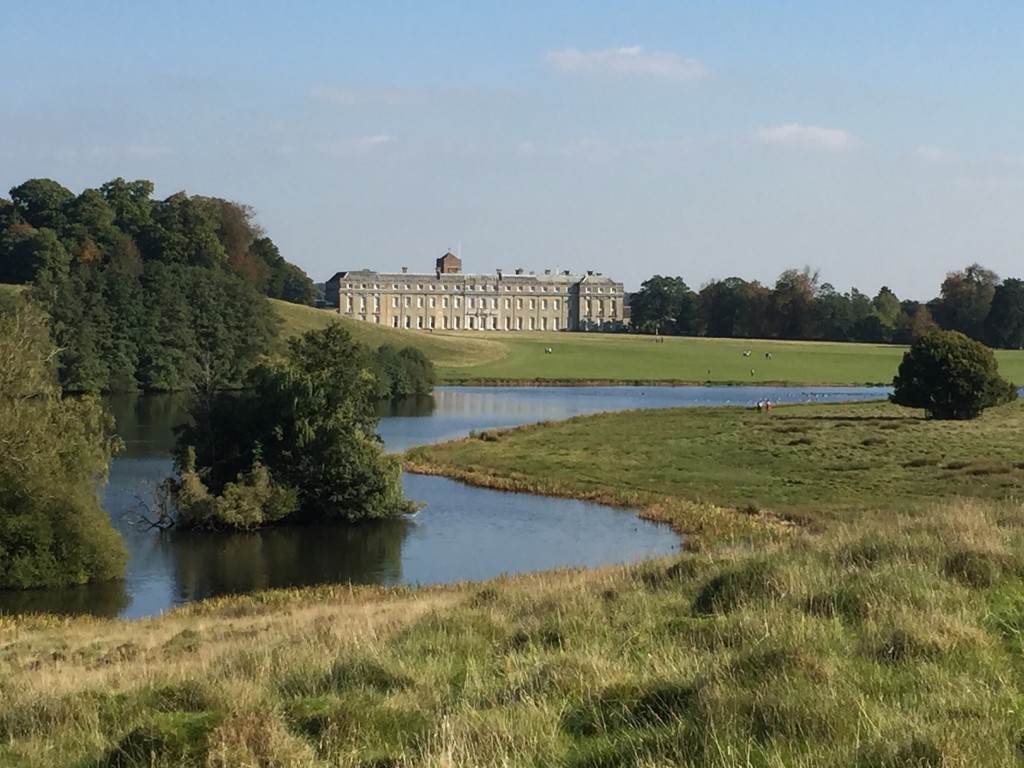
In early 18th century England there was a political desire, held by both the Whig government and Hanoverian King George I, to distance themselves from the excesses of the French Court at Versailles. This combined with a fascination for ‘unbounded nature’. In this climate Capability Brown’s park landscapes evolved in dialogue with his patrons. Perhaps this is why his idealised landscapes speak into the hearts and imaginations of the English and, in part, define us. Today his work can still be seen at Stowe, Blenheim Palace, and elsewhere, as well as at Petworth in West Sussex.
In celebration of Capability Brown’s 300th anniversary Visit England has declared 2016 as the Year of the English Garden. Sussex has much to celebrate in her gardens. Jeremy Knight has once again delivered an extraordinary and timely exhibition. Jeremy and the Horsham District Council are deserving of our thanks. ‘Capability Brown in Horsham: Discovering a Lost Garden’ runs at the Horsham Museum & Art Gallery, The Causeway, Horsham, RH12 1HE, until 12th March 2016. I am delighted that Toovey’s are supporting this revealing exhibition. Entrance to the Museum and exhibition is free. For more information go to www.horshammuseum.org or telephone 01403 254959.
By Revd. Rupert Toovey. Originally published on 27th January 2016 in the West Sussex Gazette.
